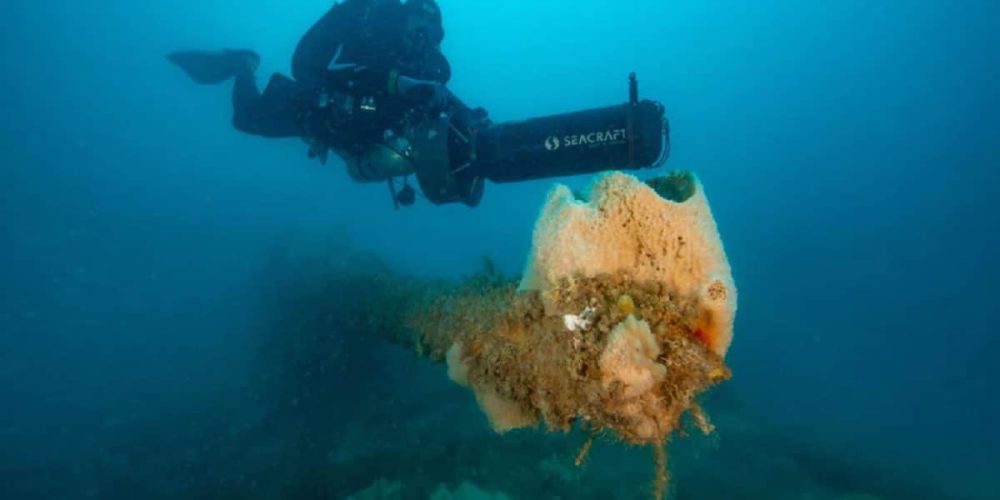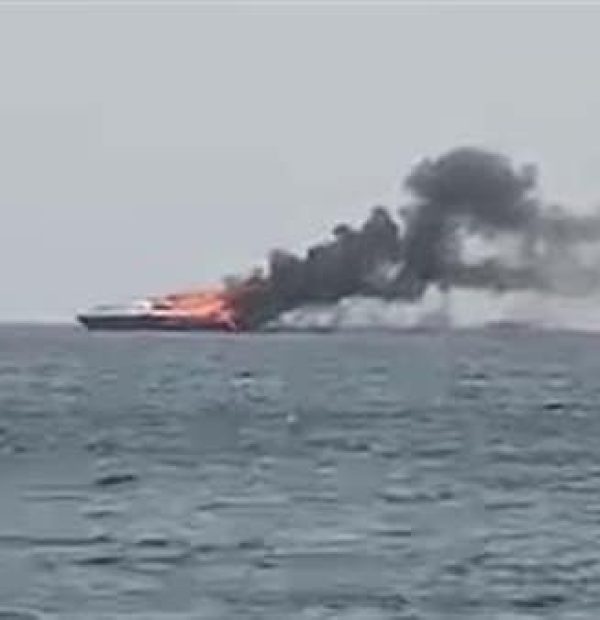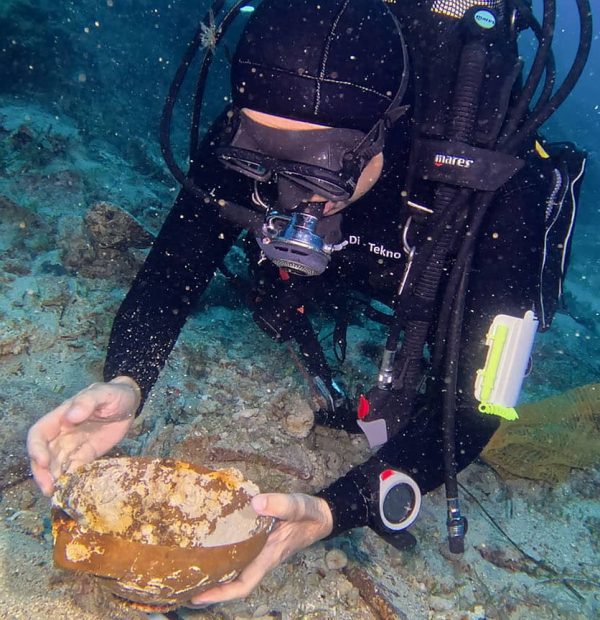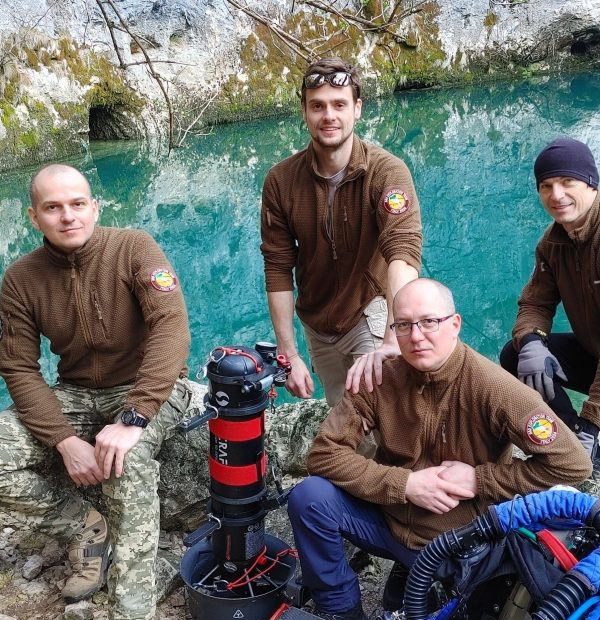Tuesday, 23 April 2024
Menu

A team of researchers has completed a three-year mission to create a 3D model of the wreck of the World War II Japanese submarine I-124.
Belonging to the Imperial Japanese Navy fleet, the submarine I-124 was sunk on January 20, 1942. The vessel was performing a mission off the coast of Australia when it was targeted in the waters of Beagle Bay, northwest of Darwin. Attacked and hit by depth charges, the I-124 sank and settled to the bottom at a depth of 53 meters, becoming a grave for 80 crew members.
The wreck of the I-124 submarine is an important piece of heritage in both Australian and Japanese history. In 2018, the country’s former Prime Minister Shinzo Abe visited Darwin to pay tribute to the fallen sailors.
Although the wreck is not far from the coast and rests at a depth that can be considered reasonably accessible, diving in this area is extremely difficult. In addition to depth, diving is hampered by low water clarity and strong tides. That’s why surveying and creating documentation of the I-124 submarine wreck was a major challenge.
The research team of marine archaeologists and experienced divers took as long as three years to complete. In addition to traditional photographic and video documentation, the researchers also collected the material necessary to create a 3D model. Thanks to this The wreck of the I-124 will be publicly accessible, and scientists will be able to continue the study without going underwater.
We can take a 3D model and present it to people, so few of whom would ever have the chance to dive into the wreck. Although you can’t dive on it, you can see it on your computer or phone screen – said Matthew Carter, director of research at the Major Projects Foundation.
An important aspect of the whole project and having a 3D model, is also the ability to track the progress of the wreck’s destruction. The researchers hope to follow these processes and try to find a way to preserve the wreck, which is an important memorial site.
This involves subsequent visits by underwater archaeologists and technical divers on a relatively regular basis. All this to be able to track the impact of various processes on the degradation and destruction of the wreck – Dr. Steinberg said.
Researchers are also interested in learning more about the unique solutions used in the construction of the I-124 submarine. The Japanese produced only four vessels of this class, and three of them were destroyed before the surrender of the Empire of Greater Japan in 1945.

Finally, it is worth mentioning that the families and loved ones of the fallen sailors received sand taken up from the bottom near the wreck. At the same time, they received assurances that if there is a possibility of exhuming the remains from inside the wreck in the future, it will be carried out and the ashes of the fallen will be returned to Japan.
Photo: NT Government
Without a doubt, the area around England’s Dover is famous for the shipwrecks sunk there. One of those worth exploring is without a doubt the Mindoro shipwreck. You can read more about it in Stefan Panis’ article, which we published in the 20th issue. DIVERS24 quarterly! The digital version of the magazine is available free of charge, while you can purchase the printed version in our online store.










Welcome to DIVERS24.COM, your daily source of scuba news, freediving, scuba diving information, and equipment reviews. Our comprehensive coverage of the dive industry from A to Z provides you with all the latest scuba news, training updates, underwater photography tips, and everything else related to scuba diving. Whether you’re a beginner or an experienced diver looking for more knowledge about scuba gear or techniques – we’ve got it covered! With our in-depth articles written by experienced divers who have been there and done that, you are sure to find exactly what you need here at Divers24.com. Dive into scuba news today!
Underwater Media Sp. z o.o.
Szafarnia 11/F8,
80-755 Gdansk, Poland
Welcome to DIVERS24.COM, your daily source of scuba news, freediving, and scuba diving information. Sign in for a weekly news update and discount coupons for dive gear and apparel.
@2023 - underwatermedia.pl. All Right Reserved. Designed and Developed by Tworzenie stron internetowych Gdansk

The Divers24 portal is currently the largest online medium treating diving in Poland. Since 2010 we have been providing interesting and important information from Poland and around the world on all forms of diving and related activities.
Contact us: info@divers24.com